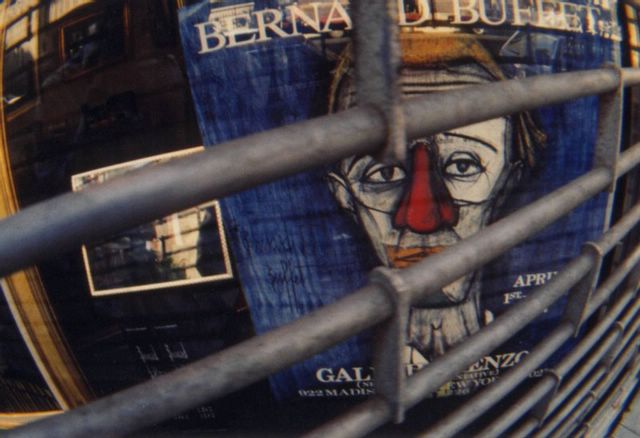
Nature is the true mother of invention:
Birds inspired the airplane and rabbits' ears helped designers improve TV reception. Now, a new study from biologist Carl Navrin reveals a host of little-known animal species responsible for the best ideas of other human inventors.The disco-ball fish is Teh Awesome.
"Perhaps the most impressive of these is the telepigeon, which combines the species' messenger abilities with a unique flair for visual mimicry and clearly inspired the invention of the TV," Navrin said.
"The birds can rearrange the pigments in their plumage -- tinting themselves blue, for example, to indicate impending rain, or mimicking the color patterns of a predator to relate a daring escape to nestmates."
Navrin recently discovered the remains of a telepigeon nest above John Logie Baird's London laboratory, the origin of history's first live video broadcast.
Across the Channel from Baird's telepigeon roost, a French bird known as the Croquinole alters its plumage in an even more surprising way.
"These creatures munch berries into an acidic paste," Navrin said. "When secreted over a nestmate's head, the acid dissolves disulfide bonds in the birds' plumage. This creates body, shine, and a permanent curl useful for attracting mates."
Wigmakers and hairstylists hunted Croquinoles for their paste throughout the Nineteenth Century, until the invention of the chemical perm in 1906.
Navrin has also studied the mating habits of a scaly, silver pufferfish able to rotate, capture sunlight, and spread it around the dark sea-bottom in search of females.
"The sparkly puffers were often stuffed and hung in German nightclubs during the 1920s, until a cheaper glass version of the fish, called the Mirrorball, or Discoball, became available."
The biologist's latest discovery is the rare Clay's Cottontail, which produces the smallest newborns of all rabbit species, as well as the largest ears.
"The young nest inside the ears of the oldest adults at the sight of an approaching predator, such as a raccoon," Navrin said. "There, they repeat the sounds of the intruder so the hard-of-hearing adult will know what's going on.
"When a Clay's Cottontail kitten accidentally crawled into the ear of an electrical engineer in 1959, the animal gave him partial deafness--as well as the inspiration to cure it," Navrin explained. "The first in-the-ear hearing aid reached the market one year after the incident."
But humans can still take pride in some of their innovations. "We haven't yet found a species that inspired the lawsuit," Navrin said.
"We came up with that beauty all by ourselves."

2 comments:
Where can I buy the disco ball fish? :-d
I'm pretty sure it's a protected species, or everybody would have one.
Post a Comment